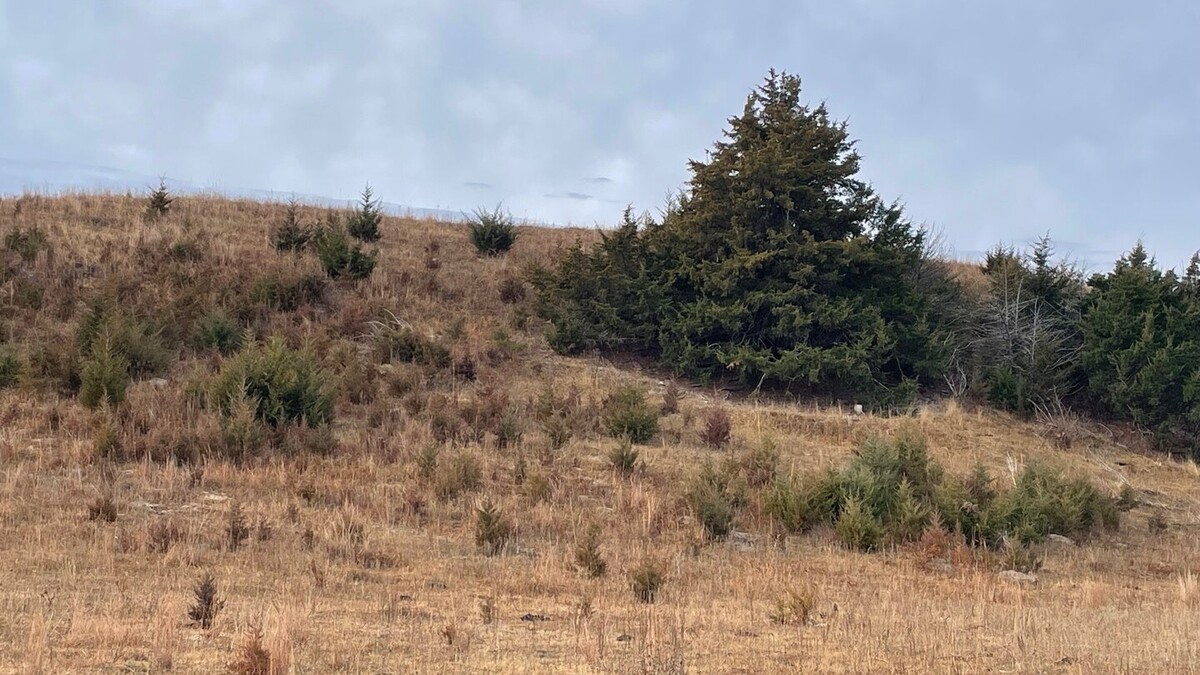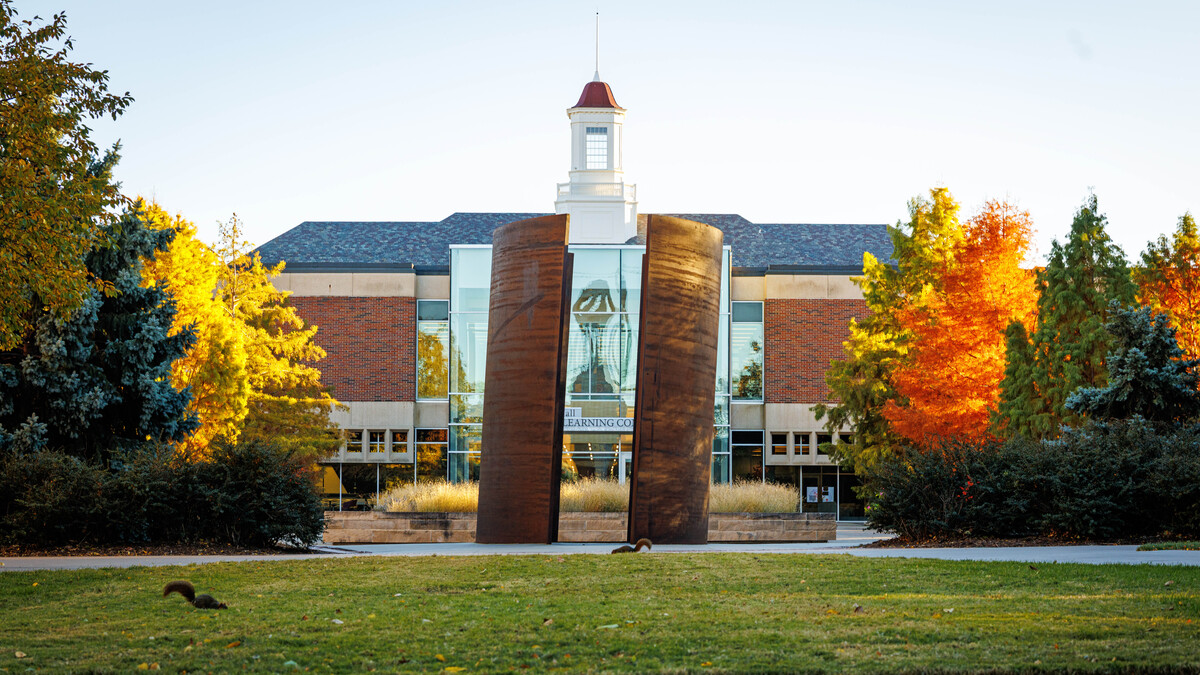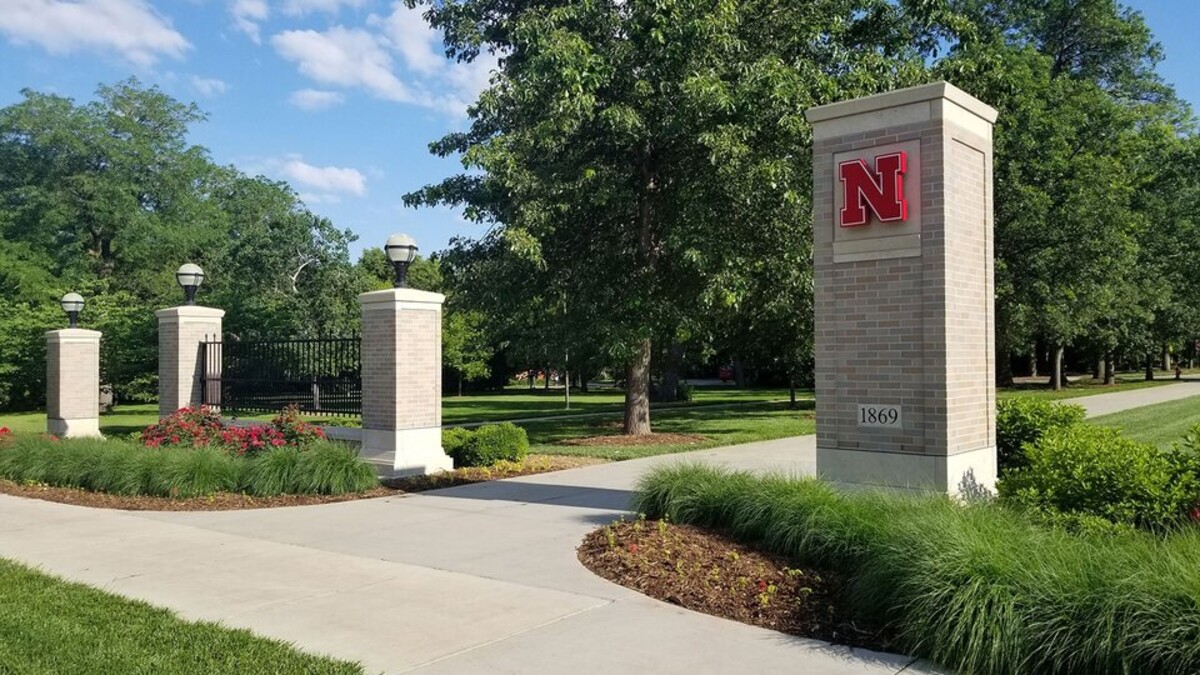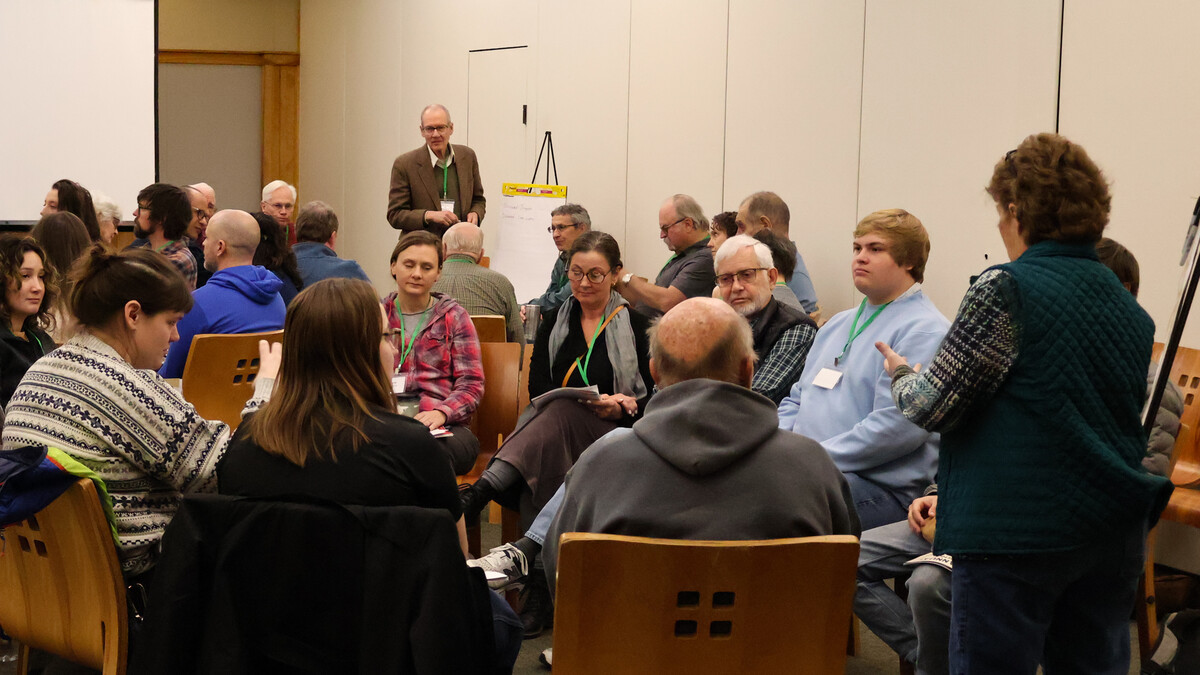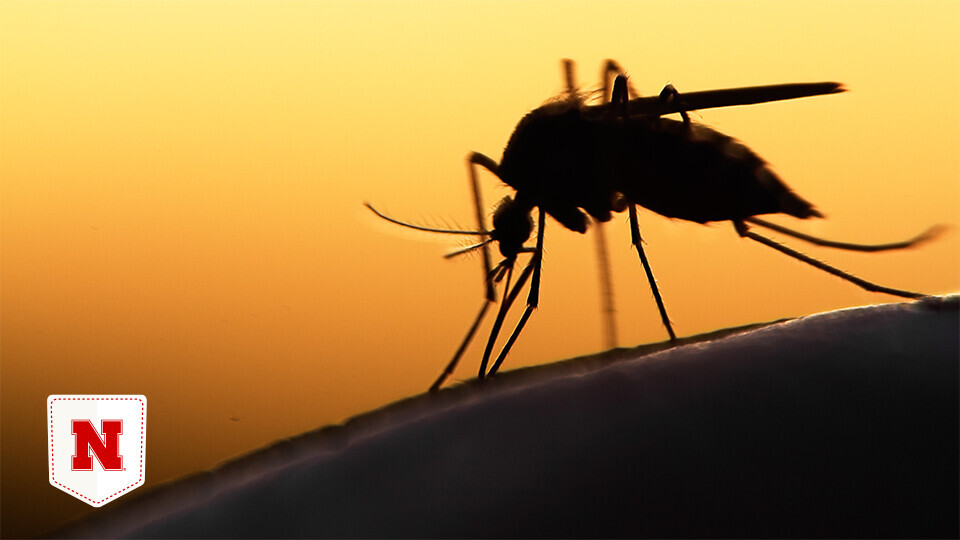
Lincoln, Neb. —Welcome to Pocket Science: a glimpse at recent research from Husker scientists and engineers. For those who want to quickly learn the “What,” “So what” and “Now what” of Husker research.
What?
Cases of the mosquito-borne West Nile virus in Nebraska first emerged in 2002. Roughly one in five people infected with West Nile develop fever, with about one in 150 experiencing more serious symptoms of the nervous system that can very occasionally turn fatal.
Though many factors influence West Nile spread, research suggests that precipitation and temperature affect infection rates. Counterintuitively for a virus carried by insects that breed in standing water, West Nile rates have historically risen in years and areas struck by drought.
So what?
Nebraska’s Kelly Helm Smith and colleagues developed a model to identify which patterns of temperature and precipitation, across which intervals of time, might predict West Nile cases on a county level in Nebraska.
The team found that warmer temperatures and dry conditions — especially when preceded by a year with high precipitation — best predicted which counties would report West Nile cases. Drought alone accounted for 26% of cases from 2002 to 2018, with drought and temperature together accounting for 45%.
Now what?
Model-based, county-specific predictions could help communities strategically adopt mitigation efforts and anticipate treatment needs, the researchers said. Incorporating other factors that reflect biological processes could help refine the model’s predictions.
